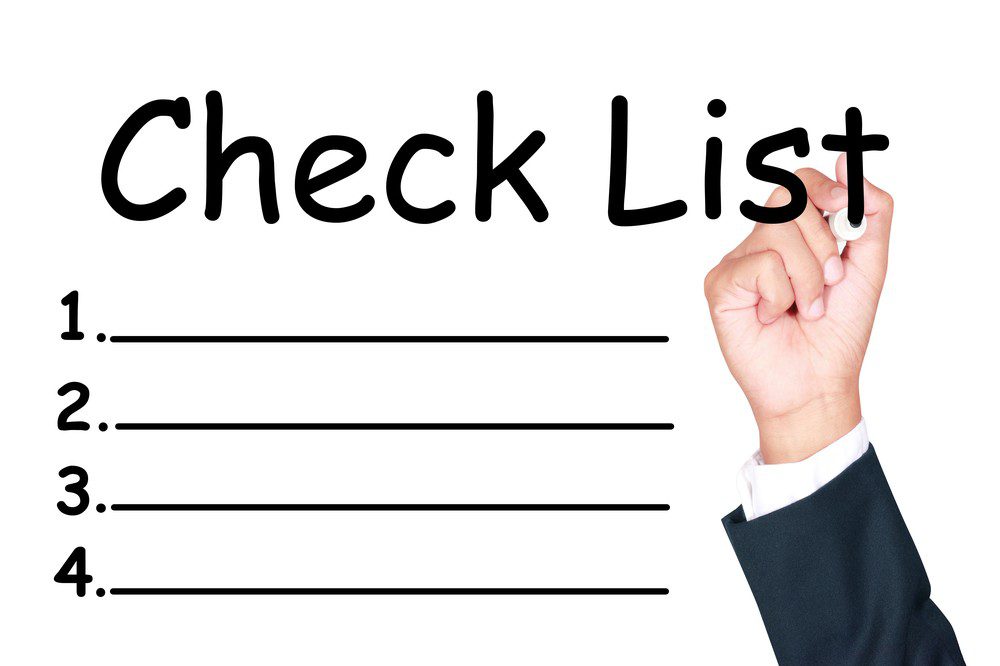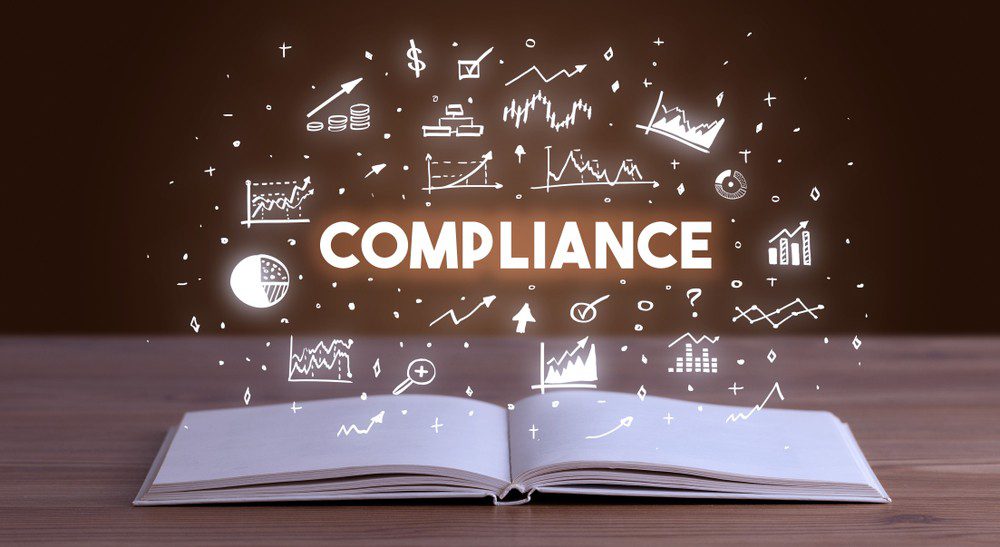Are you tired of locating the best available energy data for San Francisco? If so, then look no further! Our guide to San Francisco’s energy benchmarking portal has all the necessary information. We’ll take you through each step with ease, clearly outlining what is needed to understand better and improve your building or portfolio’s energy use. With our help, you’ll be able to access actionable insights from real-time and historical performance metrics. Whether optimizing existing systems or developing new projects – our guide will show how this portal can provide a competitive advantage over other cities worldwide!
What Is San Francisco Energy Benchmarking?
San Francisco Energy Benchmarking is a citywide initiative to provide San Francisco building owners with a way to measure and report their properties’ energy use. This groundbreaking program helps property owners save money on energy costs by tracking their usage and making informed decisions about sustainability improvements. It uses benchmarking software to compare a building’s energy performance to similar buildings in the area, allowing property owners to identify areas where they can reduce waste and increase efficiency. The generated data allows property owners and policy-makers to make informed decisions regarding energy management practices that can help reduce the city’s greenhouse gas emissions while saving money in the long run.
Who Can Comply With San Francisco Energy Benchmarking?
Energy efficiency has never been easier in San Francisco, thanks to energy benchmarking! Energy benchmarking is the process of measuring energy consumption relative to energy performance standards. It’s a framework that lets folks know how much energy their building or structure uses compared to similar buildings.
Anyone can use San Francisco’s energy benchmarking initiatives and tools; this includes property owners, building managers, real estate portfolio companies, and anyone else who needs to meet energy efficiency requirements. To get started with energy benchmarking in San Francisco, you’ll need access to the EPA’s Energy Star Portfolio Manager—a free online tool designed specifically for service providers and end users. With it, you can enter your building or structure’s information, such as location, square footage, and energy sources—as well as energy usage estimates— to easily track your progress on reaching greater energy efficiency goals.
Guide To San Francisco Energy Benchmarking Portal
San Francisco has recently released its online Energy Benchmarking Portal, a definitive guide that outlines the city’s Buildings Energy Performance Ordinance. As part of this ordinance, building owners and operators in San Francisco must request energy usage data from tenants annually. This information allows the city of San Francisco to understand better how and why buildings use energy, enabling them to develop more efficient solutions while keeping costs down. With the San Francisco Energy Benchmarking Portal, building owners receive energy benchmarks for their own units and information about local resources, incentives, programs, and other best practices related to energy efficiency.
What Are Requirements For San Francisco Energy Benchmarking
For energy benchmarking in San Francisco, energy use data must be reported to the Department of Environment every three years. Energy performance metrics must be compared to similar buildings using energy scorecard metrics. Furthermore, energy auditors with sufficient training, experience, and expertise must perform energy audits and commission energy efficiency retrofits in compliance with city building energy efficiency requirements. Buildings entering the Energy Scorecard program must meet specific size and electrical energy use criteria. At the same time, all other structures are subject to voluntary benchmarking, giving landlords serious incentives to evaluate how their buildings are performing regarding energy use.
Deadline For San Francisco Energy Benchmarking Report
 Are you a building owner in San Francisco? If so, don’t miss the energy benchmarking report deadline! Every year, owners of non-residential buildings over 10,000 square feet can participate in energy benchmarking. The goal is to assess energy performance and decrease energy use with energy efficiency upgrades. All energy benchmarking reports must be completed by June 1st in order to comply with the regulations set by the California Energy Commission and receive their Energy Star Score. Using the data gathered from this report, owners will have all the information they need to identify energy-saving opportunities in their facility and make meaningful investments to improve energy efficiency. Get started today on meeting this important deadline for your energy benchmarking report!
Are you a building owner in San Francisco? If so, don’t miss the energy benchmarking report deadline! Every year, owners of non-residential buildings over 10,000 square feet can participate in energy benchmarking. The goal is to assess energy performance and decrease energy use with energy efficiency upgrades. All energy benchmarking reports must be completed by June 1st in order to comply with the regulations set by the California Energy Commission and receive their Energy Star Score. Using the data gathered from this report, owners will have all the information they need to identify energy-saving opportunities in their facility and make meaningful investments to improve energy efficiency. Get started today on meeting this important deadline for your energy benchmarking report!
Penalty For San Francisco Energy Benchmarking Report
The San Francisco energy benchmarking report is a vital measure of how energy is used in buildings and commercial spaces throughout the city. There are serious consequences for households and businesses that fail to comply with these standards. Non-compliance can lead to a civil penalty fine ranging from three hundred to six thousand dollars. Additionally, failure to submit the necessary online forms annually can result in administrative fines of up to five thousand dollars for each violation. Citizens of San Francisco and business owners must take responsibility and ensure compliance with this essential city policy—otherwise, financial penalties may apply.
Benefits Of San Francisco Energy Benchmarking
Let’s have a look at the benefits:
1. Increased Productivity: San Francisco energy benchmarking is an effective way to reduce energy consumption in buildings and save money as a result. By tracking and analyzing building energy data, businesses can make informed decisions about improving efficiency and reducing costs. This improved efficiency can increase employee productivity, allowing them to focus their efforts on more important tasks.
2. Improved Environmental Impact: San Francisco energy benchmarking helps reduce the energy consumed in buildings and make them more sustainable. By using less energy, businesses can reduce their carbon footprint and help to slow the rate of climate change. This can have a positive impact on both people and the environment.
3. Money Saved: San Francisco energy benchmarking can help businesses save money on their energy bills. By reducing the energy used in buildings, businesses can reduce their monthly costs and put that money toward other initiatives. This can have a positive effect on the bottom line and help to improve profitability.
4. Increased Awareness: Doing an energy audit on a building can help raise employees’ awareness about how their energy consumption affects the environment. This improved understanding can lead to more responsible energy use, reducing costs and improving efficiency.
5. Improved Building Performance: Businesses can identify areas where improvements can be made by tracking and analyzing building energy data. This could include things like replacing old equipment with more efficient models, improving insulation, or installing solar panels. All these improvements can lead to better building performance and a higher comfort level for occupants.
Overall, San Francisco energy benchmarking offers numerous benefits for businesses in terms of improved efficiency, reduced costs, and increased sustainability. By taking the time to track and analyze energy data, businesses can make informed decisions about reducing their energy consumption and making their buildings more efficient. This can lead to improved productivity, environmental impact, and money saved in the long run.
Things To Consider When Complying With San Francisco Energy Benchmarking
 Here is what you should consider when complying with San Francisco benchmarking:
Here is what you should consider when complying with San Francisco benchmarking:
1. Energy Audits: An energy audit is a comprehensive assessment of your building’s current energy use and can help identify potential areas for improvement. Make sure to take advantage of this service, as it can help you meet the benchmarking requirements more efficiently.
2. Benchmarking: San Francisco requires a full analysis on a building’s benchmarking performance, as well as the potential for improvement. Make sure to keep track of any changes you make so that it can be reflected in the analysis.
3. Reporting: San Francisco requires annual energy reports on buildings larger than 10,000 square feet. Accurately tracking and reporting energy use is essential for meeting the benchmarking requirements.
4. Documentation: Keep detailed records of all energy-efficient upgrades for your building, such as new equipment, insulation, or lighting changes. This documentation will be necessary when filing annual reports.
5. System Upgrades: It may be necessary to upgrade existing systems, such as HVAC and lighting, to meet the benchmarking requirements. Make sure to research your options and choose upgrades that provide maximum efficiency and cost savings.
6. Financing: San Francisco provides incentives for energy-efficient upgrades, such as rebates or grants. Leverage these resources to improve your building’s efficiency cost-effectively.
7. Compliance: Make sure to stay up-to-date on all the benchmarking requirements. San Francisco occasionally changes the rules, so it’s important to comply with all regulations.
Following these guidelines will help ensure that your building meets and exceeds the San Francisco Energy Benchmarking standards. Taking a proactive approach and making small changes can save time, money, and energy in the long run.
Conclusion
The City of San Francisco has made it easy for building owners to find out how their buildings measure up in terms of energy performance with the Benchmarking Portal. With this valuable tool, you can track your progress over time and compare your building’s energy use to similar properties across San Francisco. Energy benchmarking can be a time-consuming and confusing process. Need help? VertPro® simplifies energy benchmarking for your entire portfolio! It’s as easy as 1,2,3! Sign up for free today at VertPro®.
Making your property more energy efficient not only saves you money, but also reduces greenhouse gas emissions and helps create a healthier environment for everyone. Log into the portal today and start benchmarking your property’s energy performance.



 Here are the benefits of LA Benchmarking:
Here are the benefits of LA Benchmarking:










